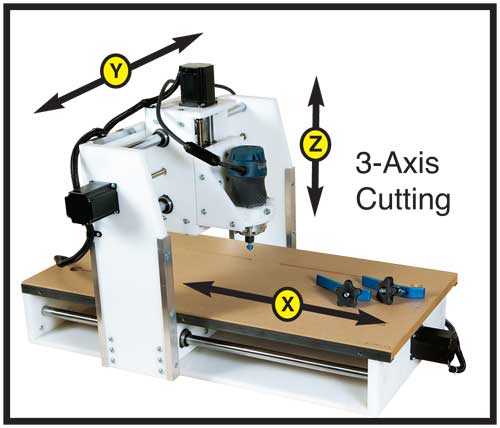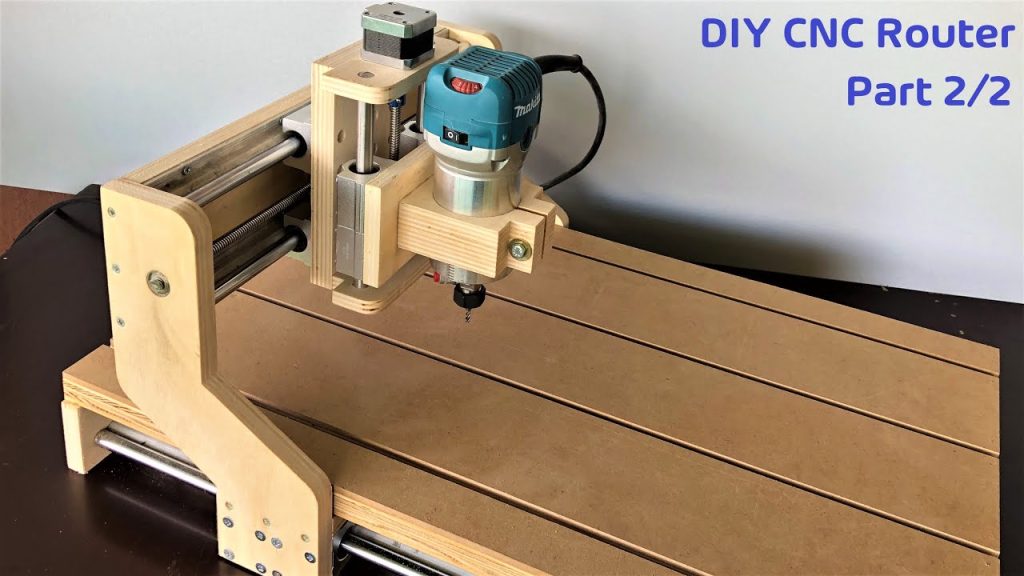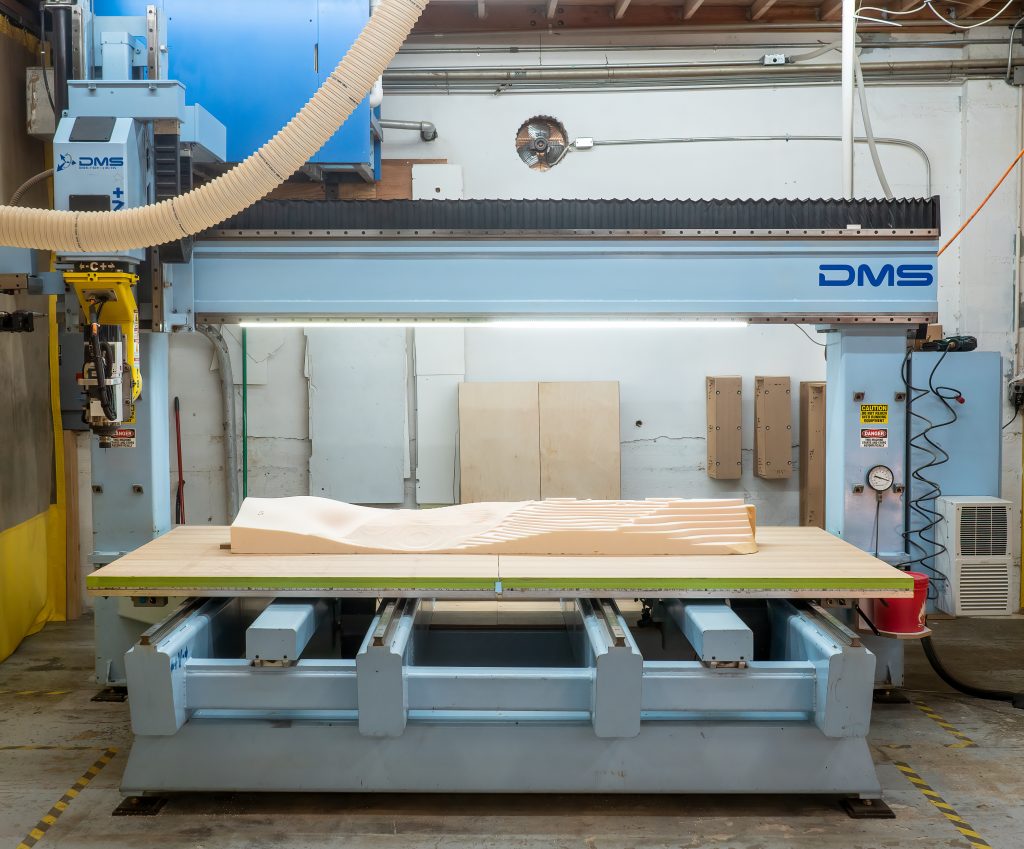Table of Contents
If you’re new to the world of CNC routers, you might be wondering what an STL file is and whether it’s used in CNC routing. In short, the answer is yes! STL files are a common file format used in CNC routing.
STL files are 3D models that are widely used in the manufacturing industry. They are often used in CNC routing to create highly precise and intricate designs. In this article, we’ll explore what STL files are, how they are used in CNC routing, and why they are so important in the manufacturing process.
Are STL Files Used for CNC Router?
If you are in the business of manufacturing, you might have heard of CNC routers. These machines are computer-controlled tools that can cut and shape different materials. They are used in various industries, including woodworking, metalworking, and plastics manufacturing. But what about the files used by these machines? Are STL files used for CNC router programming? Let’s take a closer look.
What Are CNC Routers?
CNC routers are machines that use computer-controlled tools to cut and shape various materials. These machines can be used to create intricate designs, cut out parts for assembly, and carve out precise shapes. CNC routers are commonly used in manufacturing because they can produce consistent results with high accuracy.
What Are STL Files?
STL (STereoLithography) files are a type of 3D design file that is commonly used in 3D printing. These files are made up of a series of triangles that represent the surface of the object being printed. STL files can be created using various 3D modeling software, and they are used to instruct 3D printers on how to create the object.
Can You Use STL Files for CNC Router Programming?
Yes, you can use STL files for CNC router programming. However, there are a few things you need to keep in mind. First, CNC routers require a different type of file format than 3D printers. CNC routers use G-code files, which are a series of instructions that tell the machine what to do. Therefore, before you can use an STL file with a CNC router, you need to convert it into a G-code file.
How to Convert STL Files to G-code Files?
To convert an STL file to a G-code file, you need to use a CAM (Computer-Aided Manufacturing) software. This software takes the 3D design from the STL file and generates the toolpath, which is the path the machine will follow to cut the material. The CAM software then converts the toolpath into a G-code file that the CNC router can read.
Benefits of Using STL Files for CNC Router Programming
One of the main benefits of using STL files for CNC router programming is that it allows you to create complex 3D designs. With 3D modeling software, you can create intricate shapes and designs that would be difficult or impossible to create using traditional manufacturing methods. Additionally, using STL files can save time and reduce errors in the programming process.
STL Files vs. Other File Formats
While STL files are commonly used in 3D printing and can be used for CNC router programming, there are other file formats available. For example, DXF files are commonly used in CAD (Computer-Aided Design) software and can also be used for CNC router programming. However, each file format has its own strengths and weaknesses, and the choice of file format will depend on the specific needs of the project.
Conclusion
In conclusion, STL files can be used for CNC router programming, but they need to be converted into G-code files first. Using STL files can offer many benefits, including the ability to create complex 3D designs and saving time in the programming process. However, there are other file formats available, and the choice of file format will depend on the specific needs of the project.
Frequently Asked Questions
Are you considering using STL files for your CNC router? It’s a good idea to get familiar with the basics before diving in. Here are some common questions and answers to help you get started.
What is an STL file?
An STL file is a specific file format used for 3D printing and CNC machining. It represents a 3D model as a collection of triangles, and includes information about the size, position, and orientation of each triangle in space.
For CNC routing specifically, an STL file is typically used to generate tool paths that guide the cutting tool along the surface of the material being machined.
How do you create an STL file?
There are a variety of software programs and tools that can be used to create STL files. Some popular options include Blender, SketchUp, Tinkercad, and Fusion 360. The specific process for creating an STL file will depend on the tool being used, but typically involves designing a 3D model and then exporting it in the STL file format.
It’s important to note that not all 3D modeling tools will produce STL files that are suitable for CNC routing. In some cases, additional processing may be required to prepare the file for use with a CNC router.
Can STL files be used for CNC routing?
Yes, STL files can be used for CNC routing. However, there are some important considerations to keep in mind when using STL files in this context. For example, the quality of the STL file can have a significant impact on the accuracy and precision of the resulting cut. Additionally, the tool paths generated from an STL file may not always be optimal for the specific material being machined.
In some cases, it may be necessary to use specialized software or processing techniques to optimize an STL file for use with a CNC router. This can involve tasks such as smoothing surfaces, reducing the number of triangles in the model, or generating custom tool paths that take into account the specific properties of the material being cut.
What are the advantages of using STL files for CNC routing?
One of the primary advantages of using STL files for CNC routing is that they provide a high level of flexibility and versatility. Because STL files can be created from a wide range of 3D modeling tools and formats, they can be used to machine a variety of different shapes and designs. Additionally, the ability to generate tool paths from an STL file allows for precise and accurate cutting, even on complex surfaces.
Another advantage of using STL files for CNC routing is that they can be easily shared and distributed. This makes it easier for designers and manufacturers to collaborate on projects, and can help to streamline the production process.
Are there any disadvantages to using STL files for CNC routing?
While there are many advantages to using STL files for CNC routing, there are also some potential drawbacks to be aware of. One of the main challenges is ensuring that the STL file is of high enough quality to produce accurate and precise cuts. This can require additional time and effort to prepare the file, and may require specialized software or expertise.
Another potential disadvantage of using STL files for CNC routing is that they may not always be the most efficient option for certain types of cuts or materials. Depending on the specific application, it may be more effective to use other file formats or cutting strategies to achieve the desired results.
In conclusion, STL files are an essential component in the world of CNC routing. These files allow designers and manufacturers to create detailed and intricate designs with precision and accuracy. Whether you’re creating prototypes, custom parts or intricate decorative pieces, STL files are a must-have tool for any CNC router.
One of the key benefits of using STL files is the ability to create 3D models. This allows designers to visualize their creations and make changes before they are put into production. Additionally, STL files can be easily shared between designers and manufacturers, which saves time and reduces errors.
Overall, the use of STL files for CNC routing has revolutionized the way that products are designed and manufactured. As technology continues to advance, we can expect to see even more innovative applications for this powerful tool. So if you’re looking to take your CNC routing to the next level, be sure to incorporate STL files into your design process.
Request a quote today!
[contact-form-7 id="1578" title="Contact form"]
Please compress the file into a ZIP or RAR file before uploading. Alternatively, send through your RFQ by email.
enquires@unitymanufacture.com





